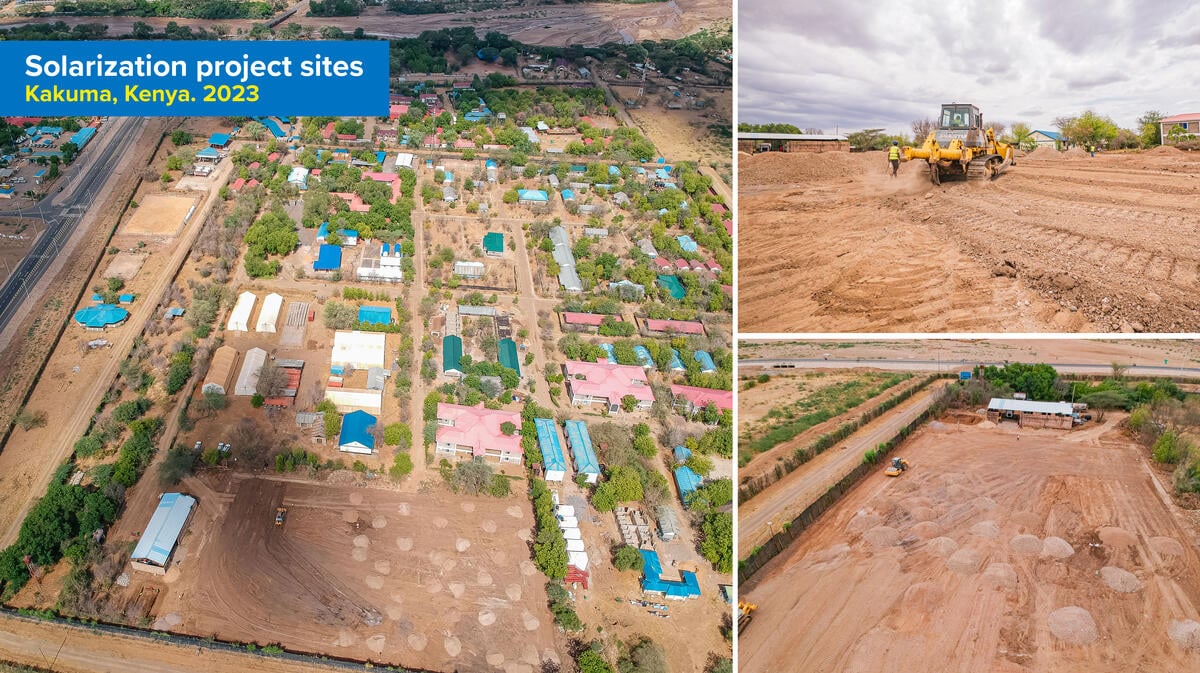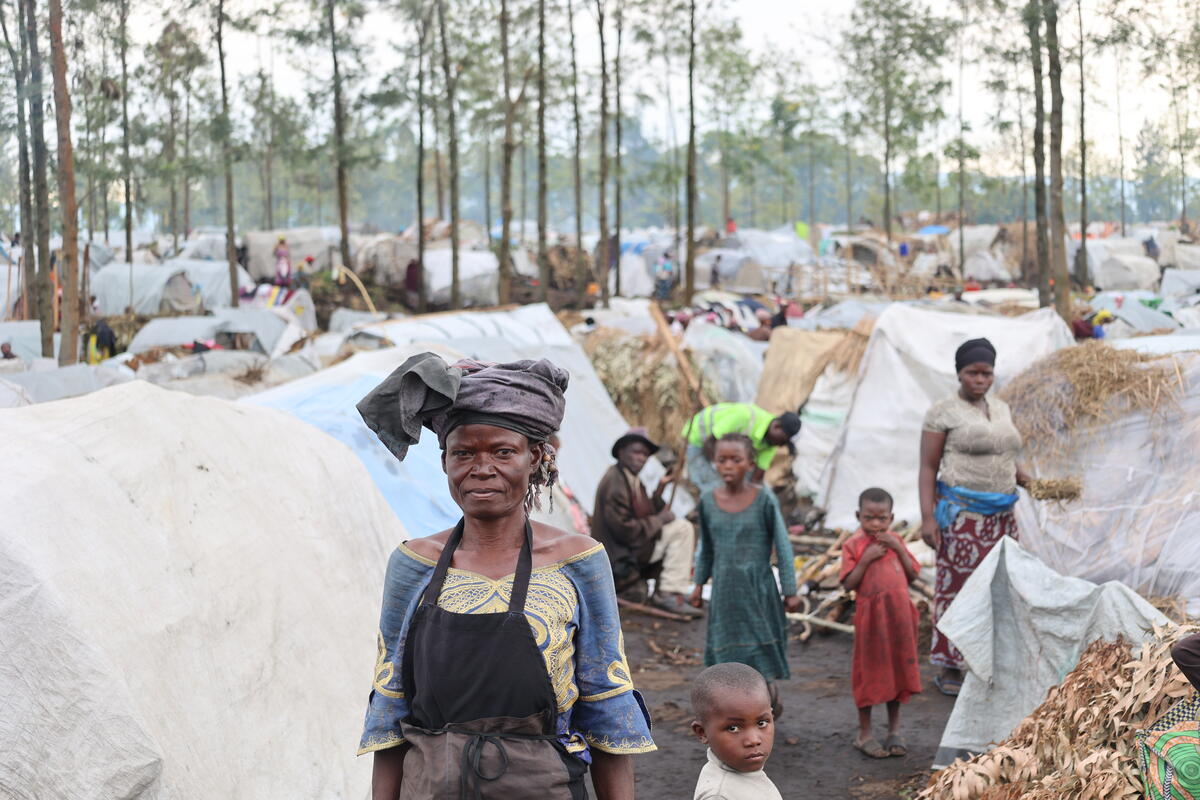UNHCR starts moving recent Congolese refugees in Uganda
UNHCR starts moving recent Congolese refugees in Uganda

KARUGUTU, Uganda, June 6 (UNHCR) - The UN refugee agency has moved the first group of Congolese refugees who recently fled to villages on Uganda's side of Lake Albert to a camp further inland, where UNHCR and partner agencies have been making preparations to receive the new arrivals.
On Thursday, UNHCR transferred 23 Congolese refugees from Karugutu (a trading centre 10-15 km from Lake Albert) to Kyakka II camp (south-west of Ugandan capital Kampala), which already hosts nearly 7,000 mainly Congolese refugees.
The group was part of some 11,000 Congolese refugees who had recently fled fighting in Ituri district of north-western Democratic Republic of the Congo (DRC), and sought asylum in Bundibugyo district of western Uganda, on the southern shores of Lake Albert, which separates the two countries.
In Karugutu, 250 Congolese refugees had indicated to the authorities that they were willing to be moved, but only 23 turned up for the actual relocation jointly organised by UNHCR and the Ugandan government.
On Friday morning, the joint relocation team moved on to villages on the southern shores of Lake Albert to help relocate Congolese refugees who may want to move to the inland camp. It visited Rwebisengo, where authorities had reported some 500 new arrivals in mid-May. Many of the refugees had brought large herds of cattle from their home region, but those with livestock will not be transferred during this phase of the operation.
On Saturday, the relocation team will move on to Ntoroko, a major landing port on the lake hosting nearly half of the recent arrivals in Bundibugyo district. In mid-May, local authorities set aside land for the Congolese refugees to build temporary dwellings at a site near the bustling fishing village.
The current relocation operation is expected to be completed by this weekend, especially if no large numbers of refugees agree to move.
For those who opt to transfer to Kyakka II camp, a joint team with officials from the government, the Red Cross and UNHCR has been working to establish a reception facility for the new arrivals. The team is setting up basic health and sanitation facilities and assisting in the demarcation of plots for refugee families.
At the camp, the team has stockpiled some basic supplies, including blankets, plastic sheeting to cover refugee dwellings, jerry cans, kitchen sets and some clothes to cater to the immediate needs of the new arrivals. The UN World Food Programme has also put in place food rations for 3,000 people.
The Uganda Red Cross Society is looking at water resources in Kyakka II camp and may use some of the boreholes that are capped for emergencies, particularly if larger numbers of refugees agree to move to the inland camp.









